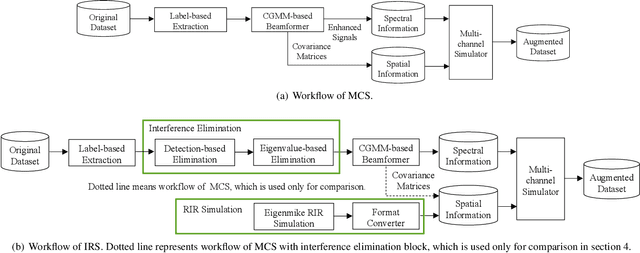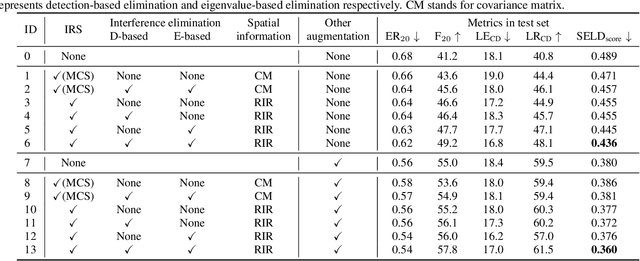Spatial Data Augmentation with Simulated Room Impulse Responses for Sound Event Localization and Detection
Paper and Code
Oct 13, 2021



Recording and annotating real sound events for a sound event localization and detection (SELD) task is time consuming, and data augmentation techniques are often favored when the amount of data is limited. However, how to augment the spatial information in a dataset, including unlabeled directional interference events, remains an open research question. Furthermore, directional interference events make it difficult to accurately extract spatial characteristics from target sound events. To address this problem, we propose an impulse response simulation framework (IRS) that augments spatial characteristics using simulated room impulse responses (RIR). RIRs corresponding to a microphone array assumed to be placed in various rooms are accurately simulated, and the source signals of the target sound events are extracted from a mixture. The simulated RIRs are then convolved with the extracted source signals to obtain an augmented multi-channel training dataset. Evaluation results obtained using the TAU-NIGENS Spatial Sound Events 2021 dataset show that the IRS contributes to improving the overall SELD performance. Additionally, we conducted an ablation study to discuss the contribution and need for each component within the IRS.
 Add to Chrome
Add to Chrome Add to Firefox
Add to Firefox Add to Edge
Add to Edge